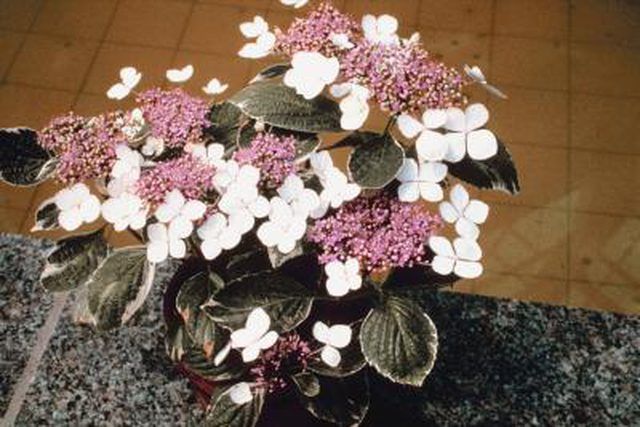Bulbs
Flower Basics
Flower Beds & Specialty Gardens
Flower Garden
Garden Furniture
Garden Gnomes
Garden Seeds
Garden Sheds
Garden Statues
Garden Tools & Supplies
Gardening Basics
Green & Organic
Groundcovers & Vines
Growing Annuals
Growing Basil
Growing Beans
Growing Berries
Growing Blueberries
Growing Cactus
Growing Corn
Growing Cotton
Growing Edibles
Growing Flowers
Growing Garlic
Growing Grapes
Growing Grass
Growing Herbs
Growing Jasmine
Growing Mint
Growing Mushrooms
Orchids
Growing Peanuts
Growing Perennials
Growing Plants
Growing Rosemary
Growing Roses
Growing Strawberries
Growing Sunflowers
Growing Thyme
Growing Tomatoes
Growing Tulips
Growing Vegetables
Herb Basics
Herb Garden
Indoor Growing
Landscaping Basics
Landscaping Patios
Landscaping Plants
Landscaping Shrubs
Landscaping Trees
Landscaping Walks & Pathways
Lawn Basics
Lawn Maintenance
Lawn Mowers
Lawn Ornaments
Lawn Planting
Lawn Tools
Outdoor Growing
Overall Landscape Planning
Pests, Weeds & Problems
Plant Basics
Rock Garden
Rose Garden
Shrubs
Soil
Specialty Gardens
Trees
Vegetable Garden
Yard Maintenance
How to Care for an Indoor Hydrangea Macrophilla
How to Care for an Indoor Hydrangea Macrophilla. Hydrangea macrophylla is often grown as a flowering houseplant that makes a welcome Mother's Day or Easter gift. The huge Hydrangea macrophylla blooms burst with color, and will last several weeks before they fade. Although Hydrangea macrophylla is often thought as a disposable plant and tossed out...

Hydrangea macrophylla is often grown as a flowering houseplant that makes a welcome Mother's Day or Easter gift. The huge Hydrangea macrophylla blooms burst with color, and will last several weeks before they fade. Although Hydrangea macrophylla is often thought as a disposable plant and tossed out as soon as it loses its appeal, with some tender loving care, the plant can live to bloom again.
Things You'll Need
Clear plastic (optional)
Pruners
Peat moss
Garden soil
Water Hydrangea macrophylla often, and never allow the soil to dry out. The large blooms and foliage require a large amount of water, so the soil should be checked several times every day. If you need to be away for a few days, surround the plant in plastic to retain moisture. However, don't do this unless it's absolutely necessary, because the humidity will invite pests and disease.
Place Hydrangea macrophylla in bright light, but not in direct sunlight or a hot window. Although bright sunlight is important, direct sun will fade the blooms, and may even burn them.
Keep Hydrangea macrophylla in a cool room. At night, the temperature in the room shouldn't be above 60 degrees F.
Cut Hydrangea macrophylla back with pruners after the blooms fade. Trim the plant so that only two sets of leaves remain on each shoot.
Repot the Hydrangea macrophylla after pruning, using a mixture of half peat moss and half garden soil. If you have perlite, a handful will make the soil lighter and promote drainage.
Put Hydrangea macrophylla in a sunny window until May. In May, take the plant outdoors and bury the pot in a spot in your garden where it will get morning sun and afternoon shade. Keep the soil moist, and feed it an all-purpose fertilizer every other week, according to the package's directions.
Allow only three or four shoots to grow on the Hydrangea macrophylla. Remove weaker shoots and clip off shoots that grow toward the center. Pinch back the remaining shoots to keep them from getting long and leggy during the summer, but don't pinch them back after July 1.
Move the Hydrangea macrophylla back indoors before the first hard freeze of the season, but don't move it sooner than necessary. Considered normal, the leaves will drop off when you bring the plant indoors.
Place the Hydrangea macrophylla in total darkness with temperatures between 35 and 40 degrees F, beginning November 1. Leave the plant there for about six weeks and don't water. If leaves remain on the plant, they will drop off during this time.
Bring the Hydrangea macrophylla back to a sunny room after six weeks. Although the daytime temperatures can be at a normal room temperature, nighttime temperatures should be kept between 55 and 60 degrees F.
Water the Hydrangea macrophylla regularly and don't let the soil dry out. No fertilizer is necessary.